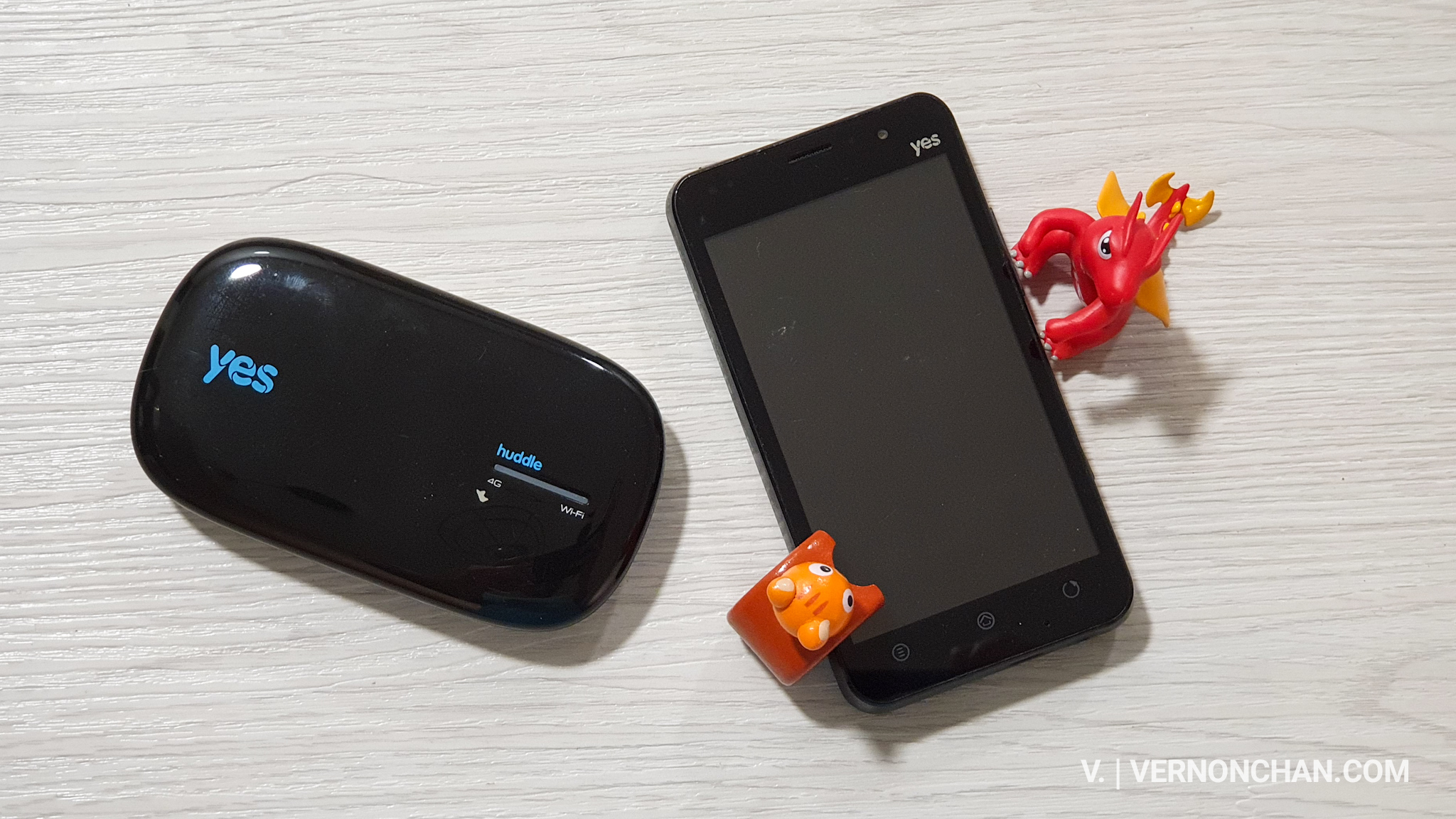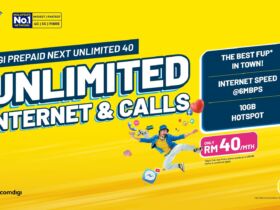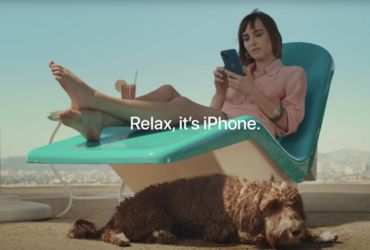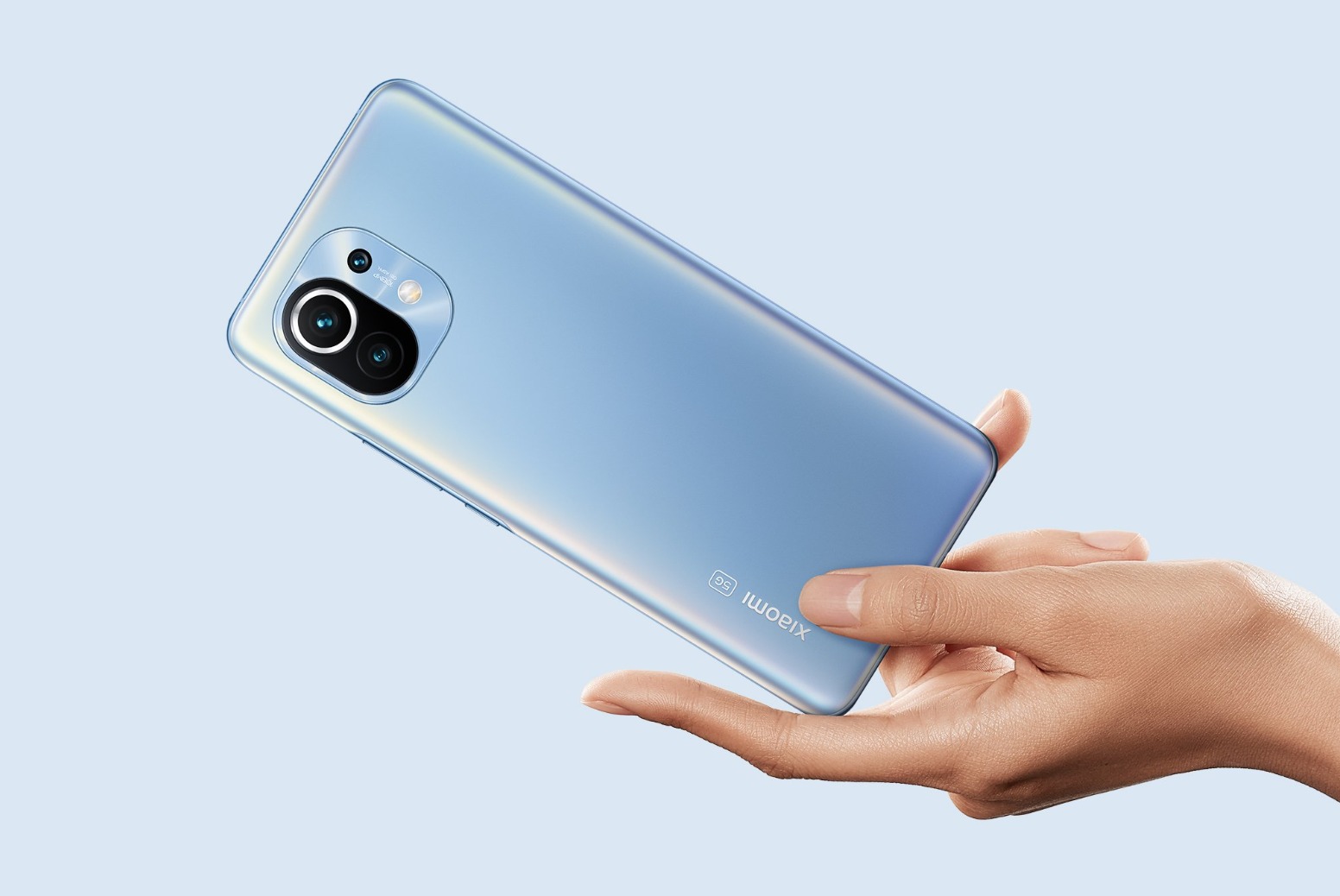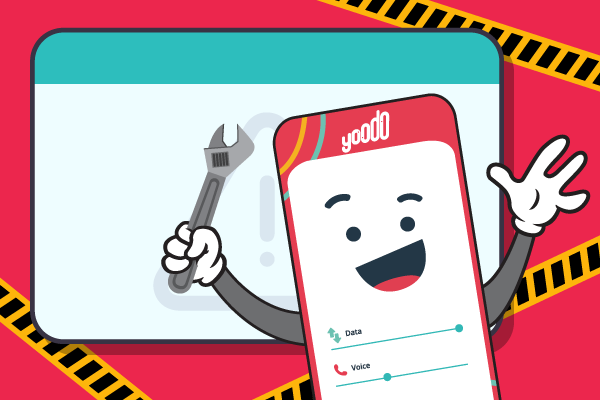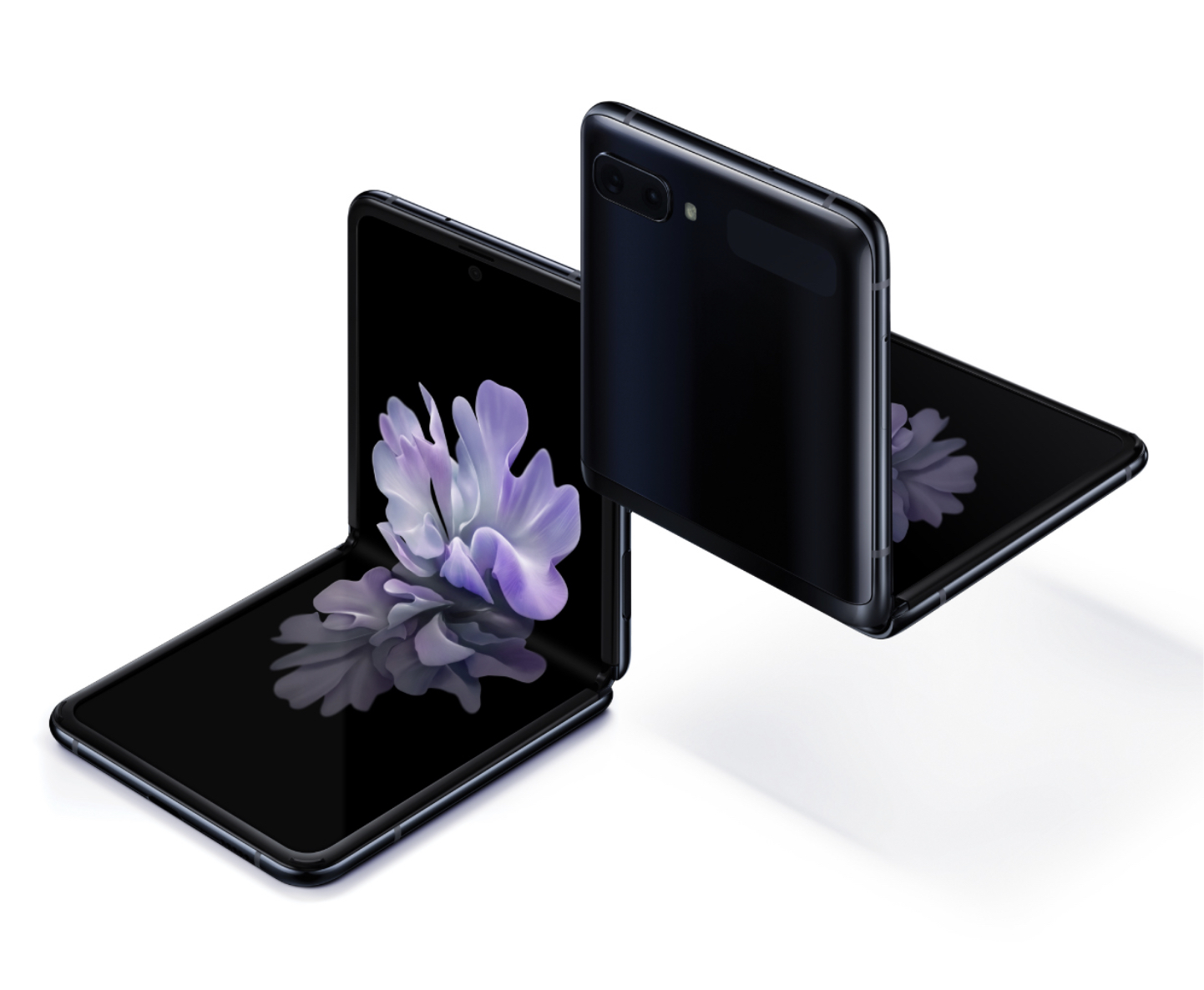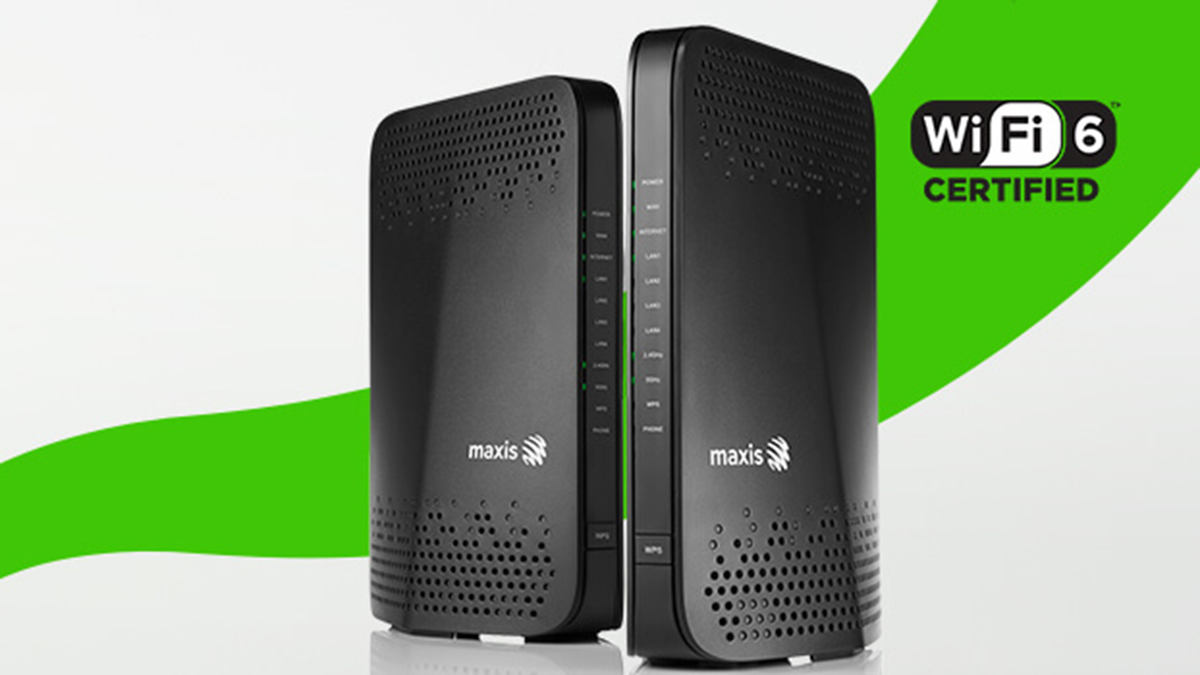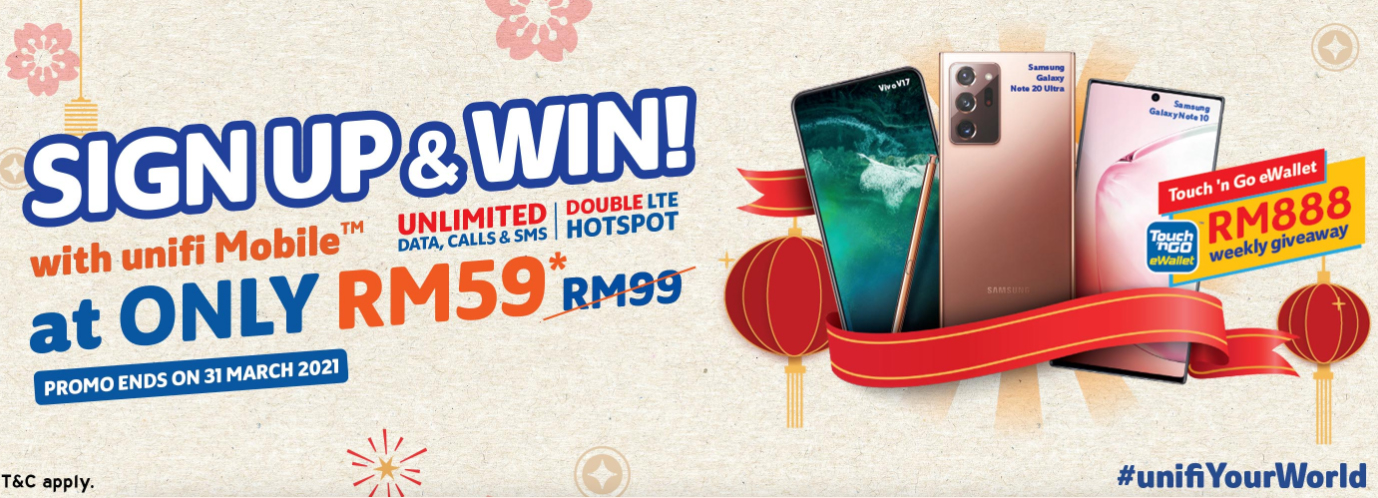Here’s a non-shocker. Yes has shut down its WiMAX (Worldwide Interoperability for Microwave Access) network. The telco posted a final notice on its official Facebook page as well as via email to inform customers that their WiMAX accounts have been automatically suspended from 2PM onwards as of 30 September 2019.
All is not lost if you’re a WiMAX subscriber as you can upgrade from your existing WiMAX plan to a 4G LTE plan. Yes says you will enjoy more data, faster internet, a a brand new LTE device for free.
To switch, you can either visit the nearest Yes store, call the YesCare hotline at 013-3330000 or self-upgrade via the MyYes4G app at http://bit.ly/MyYes4GApp.

For Double Double customers, you will be automatically upgraded to new LTE plans based on your existing plan.
The WiMAX journey
It’s hard to believe that it has been close to nine years since Yes 4G introduced its revolutionary service in Malaysia. WiMAX is a viable wireless technology, even today; while it has been superseded by LTE, is still used at hundreds of sites around the world as well as in the avionics industry and private networks. It’s a shadow of its former self though, once the the prime candidate for 4G cellular beyond CDMA and GSM/HSPA. Suited for unified/converged communications like video calls, it was impossible for then 3G technology to deliver. Until HSPA+ and LTE came along. And that didn’t happen in Malaysia until 2013.
In Malaysia at least, the show’s over for WiMAX. Greenpacket’s P1 WiMAX (now a TM company) shut its service in 2017 in place of unifi Mobile’s TDD-LTE service running on its 2.3GHz spectrum.
It’s been an interesting journey for Yes who ploughed investment into WiMAX, and became one of the champions of the technology at a global stage. Even collecting prestigious accolades along the way.
Yes didn’t have the best of starts when it launched as its website crashed and stayed down for a week. I did have the pleasure to preview the service before hand, so I had an early taste of “4G.”
Of course, there were certain quarters who cried fouled over WiMAX being “4G,” but as it stands, WiMAX remained 4G until this day.
From the get go, Yes had a couple of unique selling points, something not rivalled even today. Yes was a SIM-less service; all you need is a Yes ID and a secure password, so you can access the service on any device. Perhaps the closest thing to this is e-SIM, but thats hardly even a comparison. The other revolutionary element Yes had was Yes Life, a cloud-based unified communications platform that was available across devices, and later the web.
Naturally, Yes needed to create WiMAX devices for its network, and so it made a USB modem (Go), Mi-Fi (Huddle and Huddle XS), Zoom (wireless broadband home gateway) and an entry-level 4G feature phone developed by Samsung called Buzz.
Yes also ventured into other hardware and devices—building an ecosystem around the service and technology, and creating new use cases.
Not wholly unexpected, it built its own 4G WiMAX smartphone—the Eclipse. It was an expensive venture, and ended up being a pricey phone, but a necessary first step nonetheless.
Yes was also the first to introduce 4G internet-enabled cars, a partnership it forged with national carmaker PROTON back in 2012.
It launched the world’s first 4G Chromebook in 2013, a partnership with Google and Samsung, ushering the new era of cloud computing.
Yes made the leap to LTE in 2016 and was the first telco to offer Voice over LTE (VoLTE) on its all-IP network. The telco is also one of the first in Malaysia to operate on TDD-LTE, running on 2.3GHz (Band 40) and 2.6GHz (Band 38) spectrum.
At the same time, it introduced the Yes Altitude—the most affordable VoLTE phone in Malaysia, costing just MYR399, even cheaper the Samsung Galaxy J1.
The telco is currently experimenting with Facebook’s Terragraph aka Yes Gigawire technology which it trialed in Georgetown and Cyberjaya.
Goodbye, WiMAX. It’s been hell of a ride.


